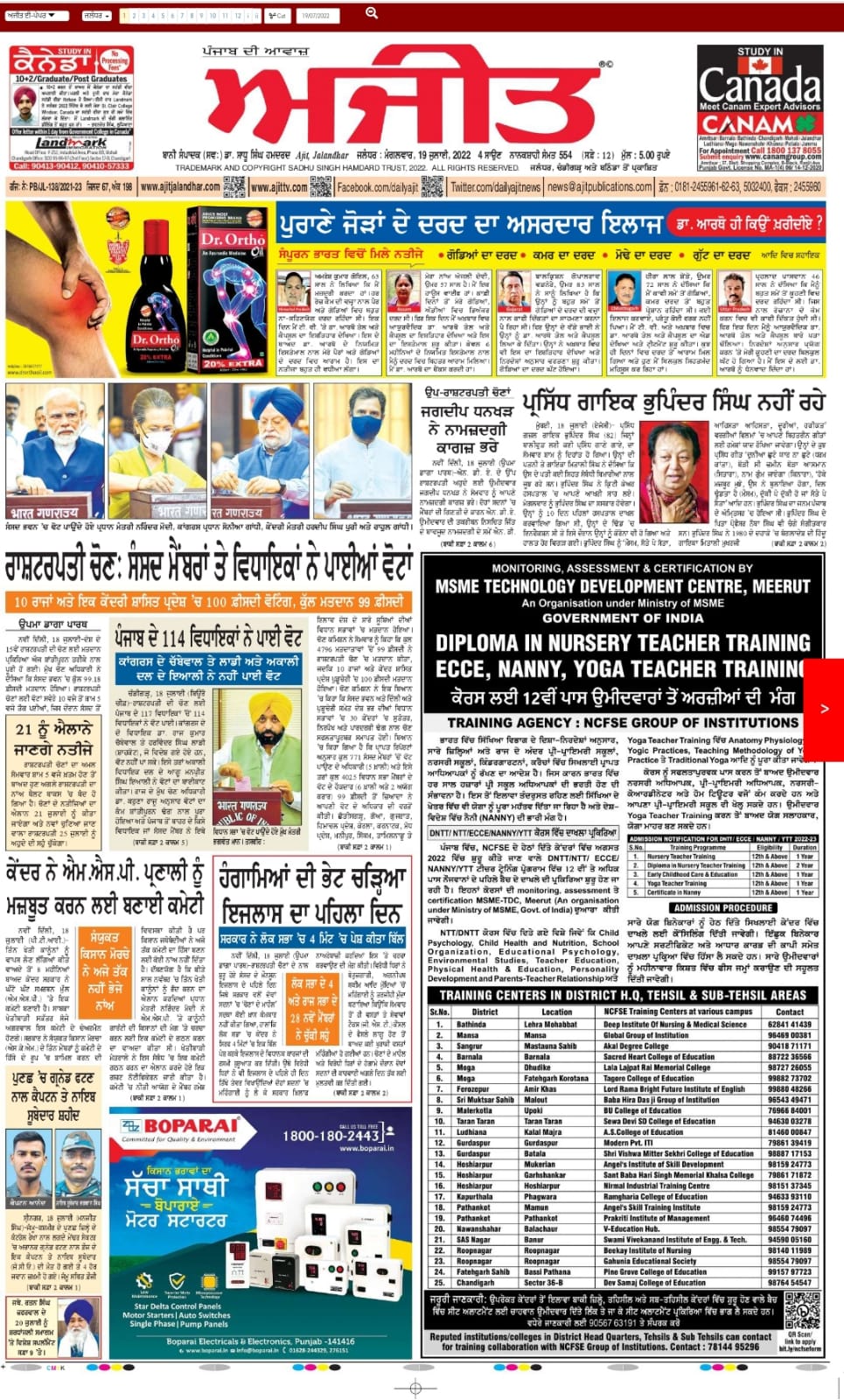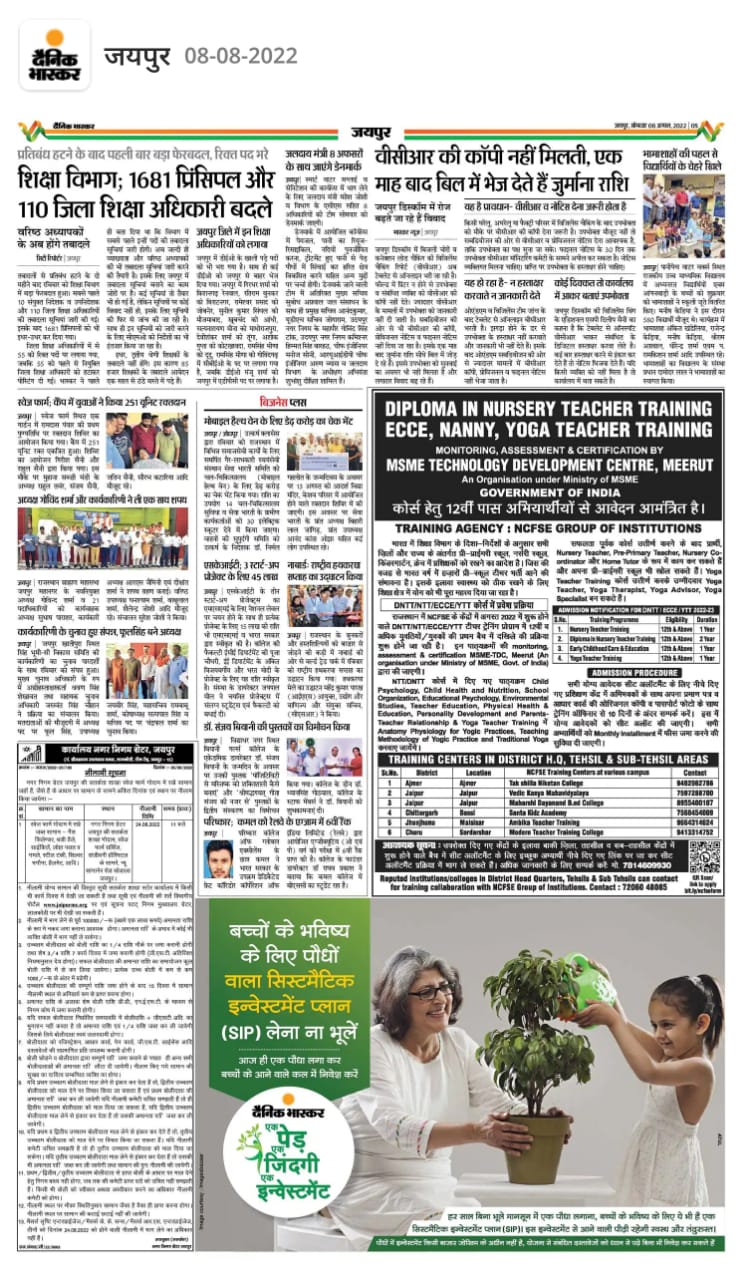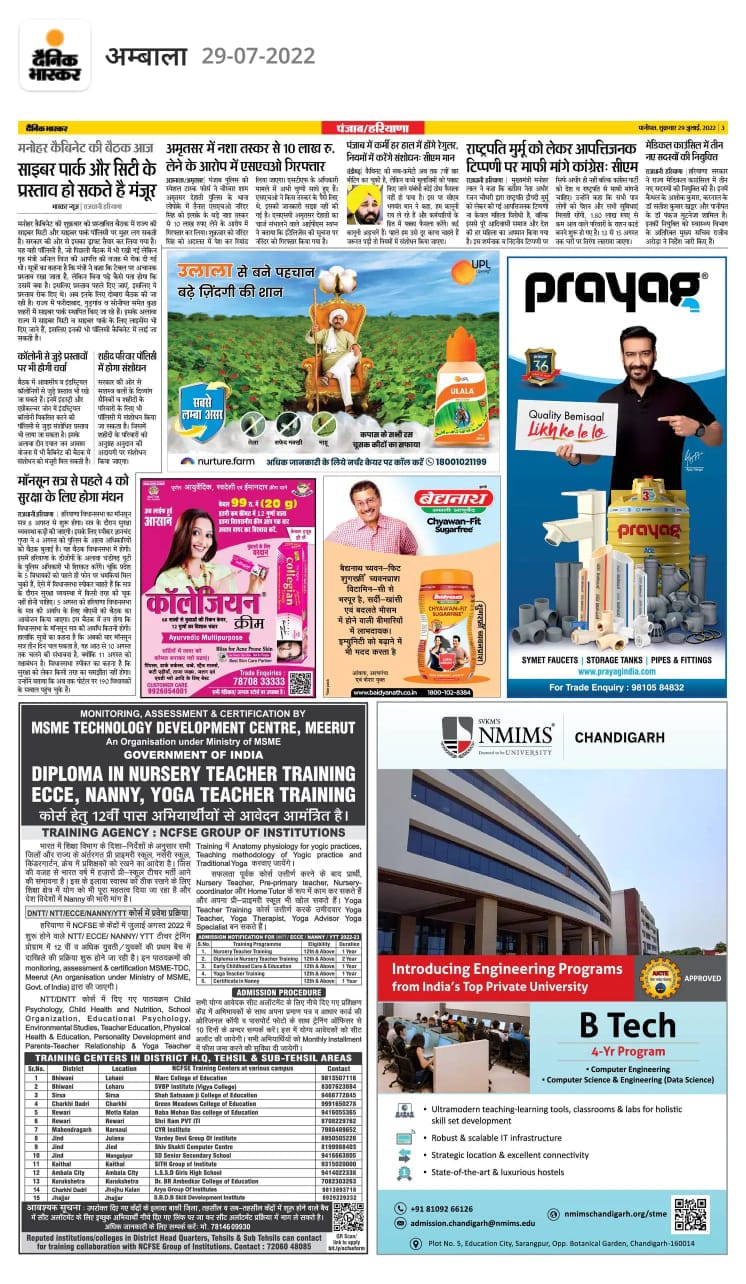The New Education Policy’s ideals, as encapsulated in the beginning of the document, include the “complete realization and liberation of the self”, re-establishment of teachers as “the most respected and essential members of our society”, and the provision of access to education for students from all backgrounds despite “inherent obstacles” . Overall, The NEP aims at “instilling knowledge of India and its varied social, cultural, and technological needs, its inimitable artistic, language, and knowledge traditions, and its strong ethics in India’s young people is considered critical for purposes of national pride, self-confidence, self-knowledge, cooperation, and integration”.
The policy itself tackles various aspects of the education system as a way to achieve its stated ideals. For example, the long-drawn effort of reducing dropout rates and increasing the GRE, or the Gross Enrollment Ratio, with respect to both school and college education, features in the policy. There are also some drastic changes that have been envisioned in the policy. For one, the change of the schooling structure from 10+2 to 5+3+3+4, consisting of 5 years of foundational schooling (ages 3 to 8), 3 years of preparatory school (ages 8 to 11), 3 years of middle school (ages 11 to 14), and finally 4 years of secondary school (ages 14 to 18). Certain issues, like teacher training and introduction of preschools, that have been widely discussed by educationists, also feature in the policy. Another noteworthy proposition is to teach students in the local language till at least the 5th grade, and preferably till the 8th grade.Now Anganwadi is now Converted into Play-way school due to that NTT & Primary teacher has huge demand in india.







